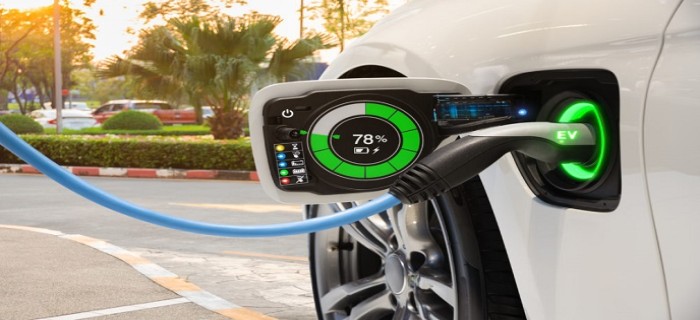
The EV industry will cross-sell 10 million vehicles by 2030
08 Jan 2023
By 2030, the government wants to sell 30% of private automobiles, 70% of commercial vehicles, and 80% of two- and three-wheelers as electric vehicles (EVs). However, only approximately 30% of all vehicles are anticipated to be EVs at that time.According to a report by business consulting firm Arthur D Little, the majority of this 30% will be two- and three-wheelers because many Indian consumers would not be able to afford expensive electric cars.
The EV industry will cross-sell 10 million vehicles by 2030, with an overall adoption rate of more than 30% across various vehicle categories, according to the study, “Unlocking India’s Electric Mobility Potential.” However, by the end of the term, it’s predicted that only 10% of passenger cars (PVs) would have adopted EVs, making up a startlingly meager 5% of all EV sales.
The study identified a number of reasons for the low uptake of passenger EVs in India, including higher upfront costs when compared to conventional vehicles, a lack of models, a lack of charging infrastructure (charging stations, battery swapping centres, chargers, and the entire supporting ecosystem), and low consumer confidence in the product, which is primarily driven by range anxiety and made worse by product safety incidents.



leave your comment